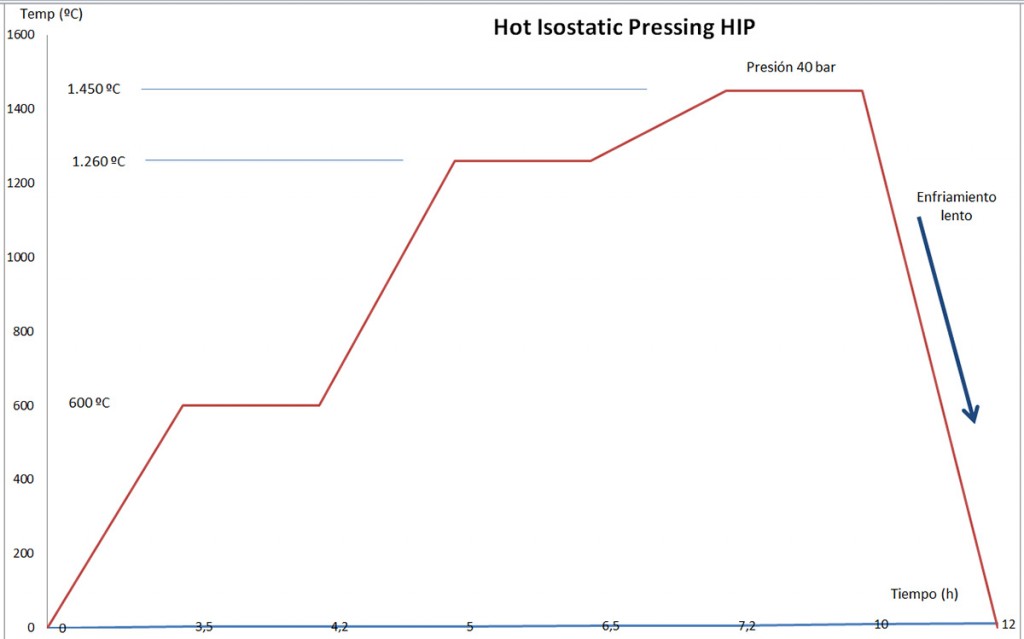MOR-05 – The hardest and most cost-effective metal for the ceramics industry (I)
Ceramic extrusion is undoubtedly an extremely abrasive process that requires materials which are strongly wear-resistant, such as special steels, hard metals, aluminium oxides and chrome plating.
Of all of these, the hard metal or tungsten carbide presents the best wear-resistance, though this name is synonymous with a wide range of possibilities with significant differences depending on the formula employed.
But let us return to the beginning.
What is tungsten carbide?
Tungsten carbide is the hardest metal known to man. It is used by the industry in extreme situations where no other metal can resist high temperatures, pressure or intense friction.
Its origin is linked to the French chemist and Nobel Prize winner Henri Moissan who, in his quest to make artificial diamonds, melded tungsten metal particles and sugar, heating the mixture to a very high temperature. The result was an extremely tough dark blue compound: tungsten carbide. However, its excessive fragility made it totally inoperative; this notwithstanding, he registered his discovery and identified the component parts.
As noted, tungsten carbide is a powdered metallurgical material comprised of hard particles (carbide) in a binding matrix – generally Cobalt (Co), though on occasion it may be Nickel (Ni). These hard particles are composed of tungsten carbide (WC) enriched with small percentages of Titanium (Ti), Tantalum (Ta) and Niobium (Nb) carbides. It is commonly known as widia and characterised by its toughness and fragility.
Amongst other uses, it can be found in filaments for incandescent lamps, gigantic bits for the tunnelling machines employed to bore tunnels for trains, tube lines and motorways, and in a wide variety of professional tools used in aeronautics, jewellery, metrology, the automotive industry, the nuclear industry, armour-plating, sport and, naturally, in the production of friction elements in ceramic extrusion.
How is it made?
The production process is very complex: there are several variants which can affect the characteristics of the end product, though one determining factor is the prevention of pores forming. This is accomplished by treating it in ovens called Hot Isostatic Presses.
The first step is to create a vacuum and heat to 600ºC to eliminate the paraffin coating the metal. Now, the temperature must reach a constant 1260ºC so all the Co remains in liquid form (just above the eutectic point). Then, the temperature is raised to 1450ºC, which is the sintering temperature, and a pressure of 40 bar is applied to prevent any pores from forming.
After this process, the alloy needs to be slowly cooled.

Factors which influence its nature
From 1923, the year in which tungsten carbide was sintered with 10% cobalt, to the present day considerable research has been done into the additives, the percentage used, grain size, etc.
Among all the factors analysed, two are relevant:
- The size of the tungsten carbide grain prior to sintering. This has a notable effect – depending on the application – such that not all carbides are valid for each specific use. We can find values ranging from 0.6 up to over 5 m As a general rule, a smaller grain size leads to greater toughness and resistance to rupture, while a larger grain size significantly improves resilience.
- The alloying elements, such as cobalt or nickel, necessary for compaction of the material in the sintering process. In the case of cobalt (the most used), a higher percentage improves resilience and rupture resistance but worsens toughness and wear resistance.




